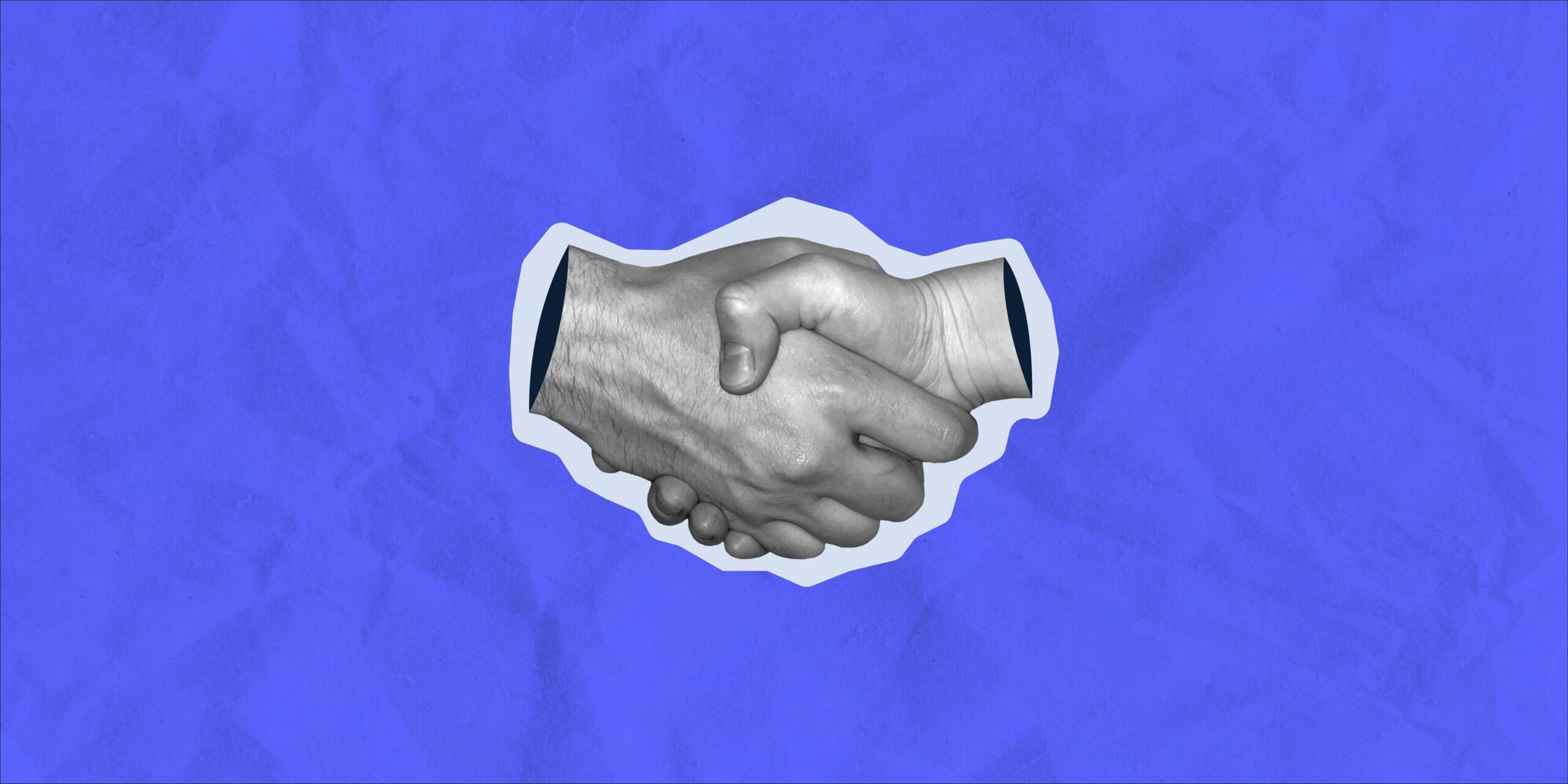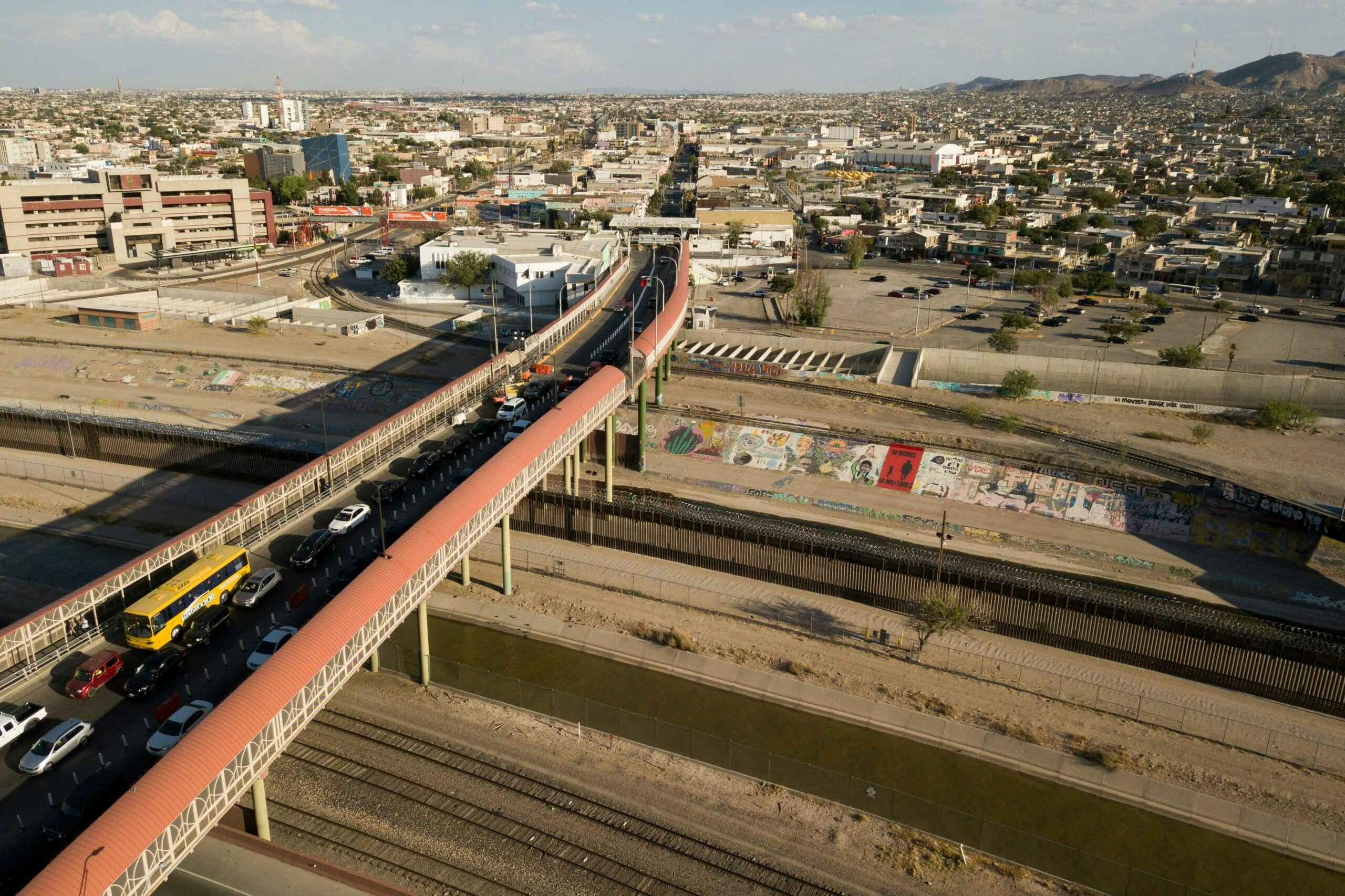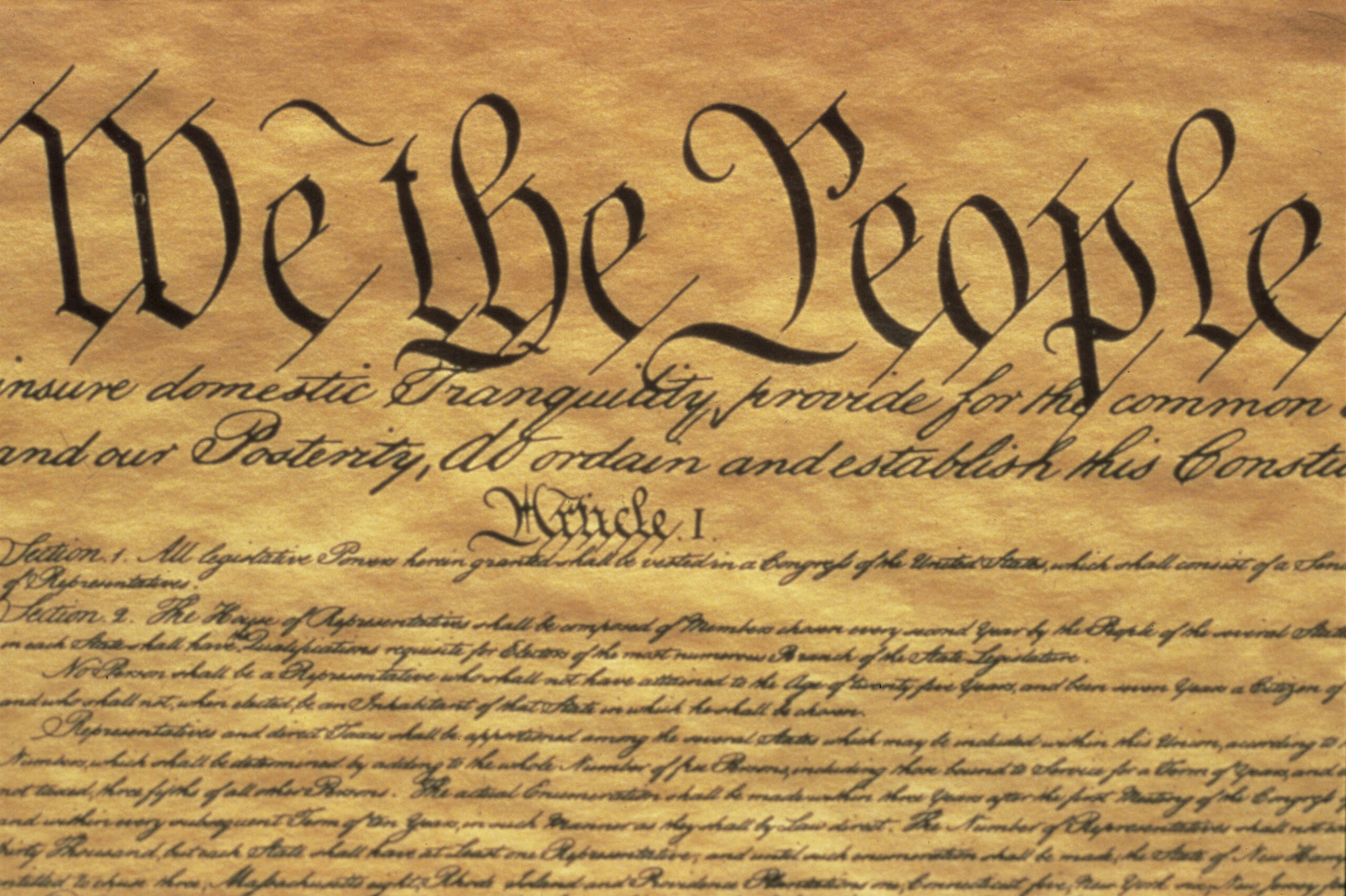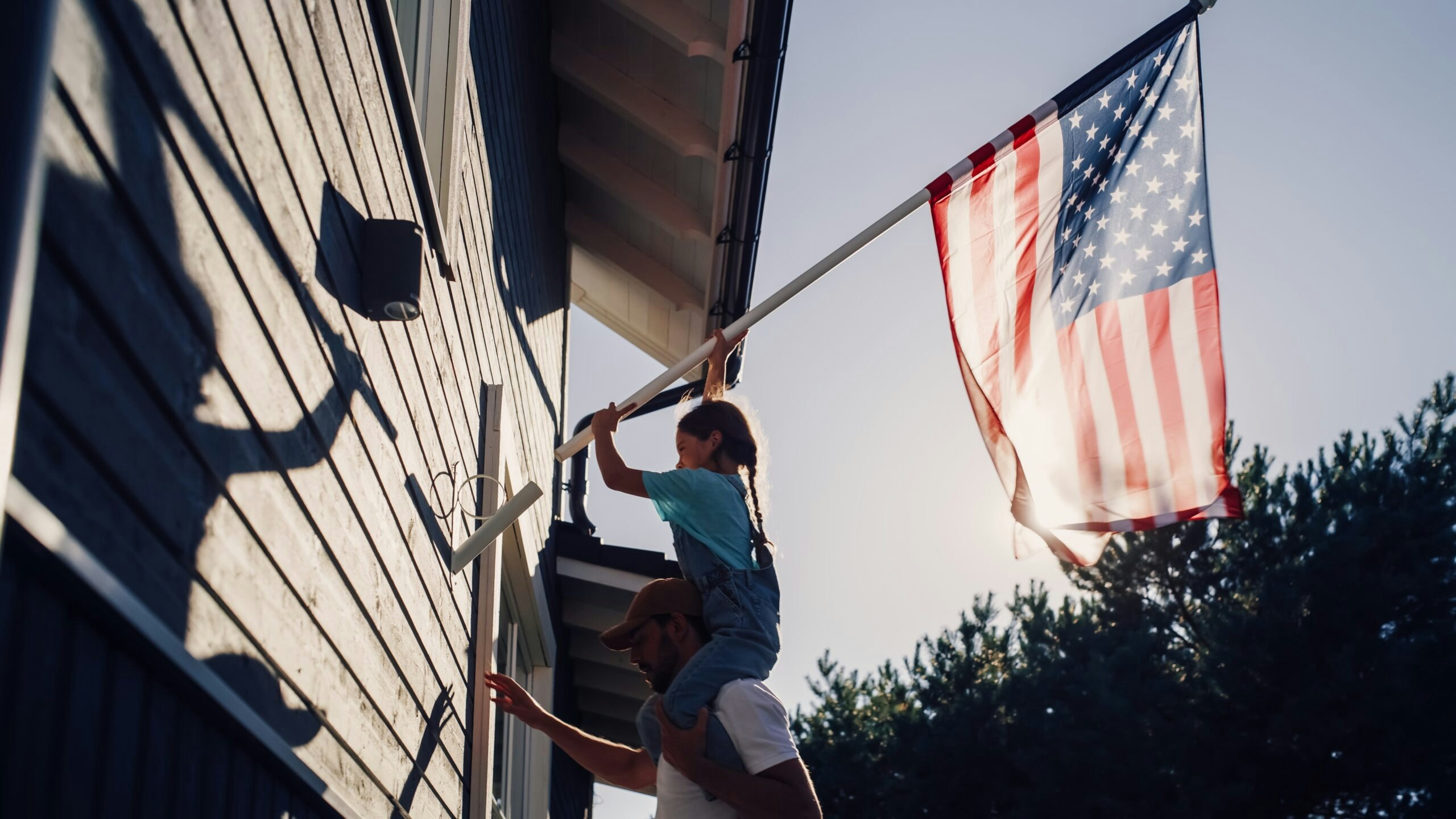Let us use this challenging time to bring out the best in us – connect with others, find ways to help, stay healthy, and be generous with ourselves.
A man walks into a town. It’s empty. There are no people. Anxiety grows as he wanders from building to building searching for another human being. The slow realization that he is completely and utterly alone sends him into the street frantically screaming, “Where is everybody?” No, this is not the year 2020 and some extreme social distancing experiment. It’s the plot of the first ever Twilight Zone episode from 1959, and it’s as scary today as it was then because it taps into our innate fear of isolation.
As COVID-19 sends many of us into our social distancing bunkers, it has underscored the difficulty in cutting ourselves off from routine social interaction. We miss going out to eat in people-filled restaurants, or sharing hugs with family and friends, or just enjoying a conversation with someone from less than six feet way.
The truth is that social interaction is important to our overall health. In a recent Washington Post column, social scientist Arthur Brooks catalogued all the ways in which we benefit from human interactions. He particularly focuses on human body chemistry and how our “social connectedness” generates oxytocin that literally makes us happy.
Without that “connectedness,” we can feel lonely, which can be very detrimental to our health. Along with disrupting our physical health, its consequences can lead to anxiety, depression, and an increase in stress-related symptoms such as higher blood pressure, heart disease, and a compromised immune system.
No one is claiming social interaction is an antidote to all the stresses and strains COVID-19 has placed on us. Pleasant chats with family, friends, coworkers, or the local grocery store worker won’t heal those of us suffering in an ICU, nor will they ease desperate financial woes. Still, human connection is not a small deal; we need it for our health and happiness.
Humans are social beings. We enjoy, crave, and thrive on social interactions. And so social distancing should not equal isolation.
We need to reframe this narrative and truly understand the difference between social and physical separation. We are advised to maintain physical distancing due to COVID-19. But this does not mean practicing social isolation. Words matter and they matter most now. We can still be social, even when we are physically apart. Technology can offer many ways for us to interact, connect, and enjoy each other.
Here are a few ideas:
Take time from your day to engage with friends, family, and coworkers. Not for business, but just to feel human. Technology, like Zoom and Skype, promotes face-to-face interactions. Some of us at the George W. Bush Institute maintain a daily “lunch bunch” over Zoom where we discuss random and very important things from, “What is ‘Tiger King’ and what exactly is going on there?” to “Sounds that a moose makes.” We usually get more than few good laughs.
For those of us who have suddenly found ourselves in the role of homeschool teacher, these lunches have provided an opportunity for our kids to take a break and join the social circle. It’s good for their mental health too.
While it is hard to find the motivation to put Tiger King on pause and continue your fitness and wellness routine or set new goals, it is so imperative for your mental health to stay active. Many organizations have shifted to serving their members virtually. For example, the YMCA has launched free online classes to include group exercise such as Boot Camps, Barre, Yoga, and low impact programs for all ages. For veterans and military families, Team Red White and Blue’s mission of enriching lives through physical and social activity has seamlessly moved to virtual events and activities to keep their members socially connected.
We recognize and understand that this new “normal” is not easy. The world has slowed down. Some of us are “hunkered down” with our partners, families, and pets. Others live alone. This period of time is a long interruption of our routine. It is up to us to decide whether we let fear paralyze us or we find ways to make the best of these uncertain times.
It’s important to view COVID-19 restrictions as an opportunity to spend more time with family, in-person if you are safely able to do so or online. This is also a time to tackle your book list, get in better shape, and evaluate what’s important. From a veteran’s point of view, “It’s like a deployment – we have a mission, we’re around the same people for long periods of time and it works best to follow a routine and everyone does their part.”
Let us use this challenging time to bring out the best in us – connect with others, find ways to help, stay healthy, and be generous with ourselves. Let’s not loose track of our objectives – stay productive at home and keep a grateful attitude. And remember, don’t view social distancing as social isolation.
































